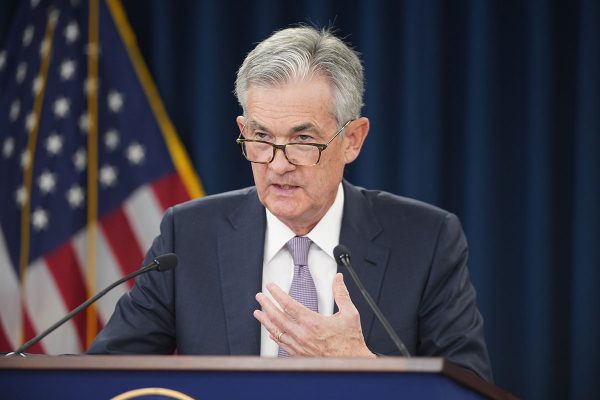With its first interest rate increase since 2018, the Fed indicated an aggressive path forward.
Top Stories
- Kamala Harris May Only Be One Election Away From President, But She Has An Achilles Heel July 23, 2024
- ‘This Is Crazy’: Fox News’ MacCallum Confronts Dem Rep Eric Swalwell On Biden’s Sudden Disappearance July 22, 2024
- Psaki Questions Harris Path To Replace Biden As Dem Nominee July 21, 2024
- Pro-CCP Billionaire To Benefit From $208 Million Biden Admin Grant July 23, 2024
- ‘No Two Sides To Treason’: MSNBC Legal Analyst Urges Media To Attack Trump And Take It Easy On Harris July 22, 2024
Top Videos
Get curated news content to your inbox
March 16, 2022 6:55 pm - Federal Reserve, Finance, Interest Rates, News, Politics & Policy, Rate Increase
5 min. read
Federal Reserve Approves Interest Rate Hike, Six More to Come

By Federalreserve - A7R08527, Public Domain, https://commons.wikimedia.org/w/index.php?curid=82400510
